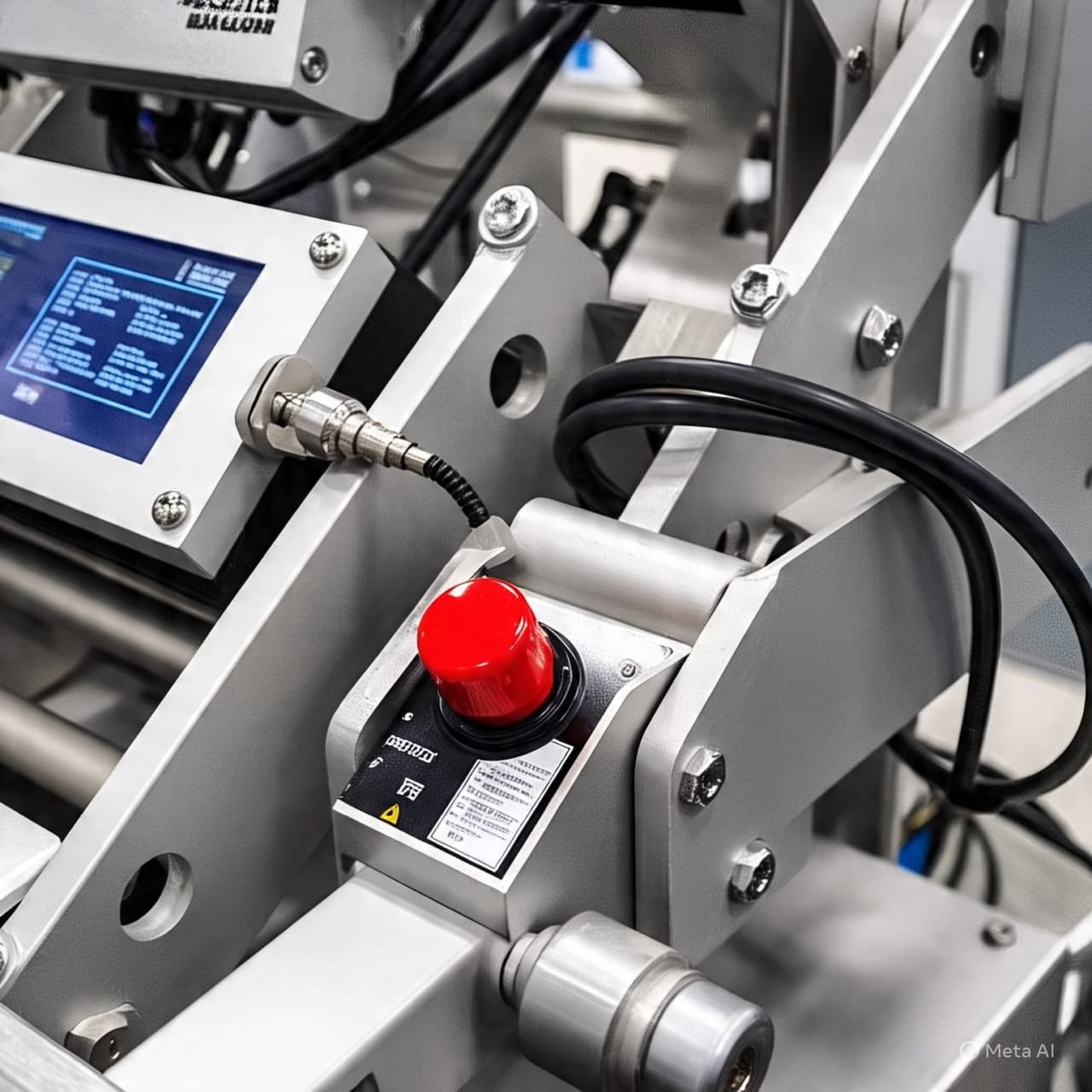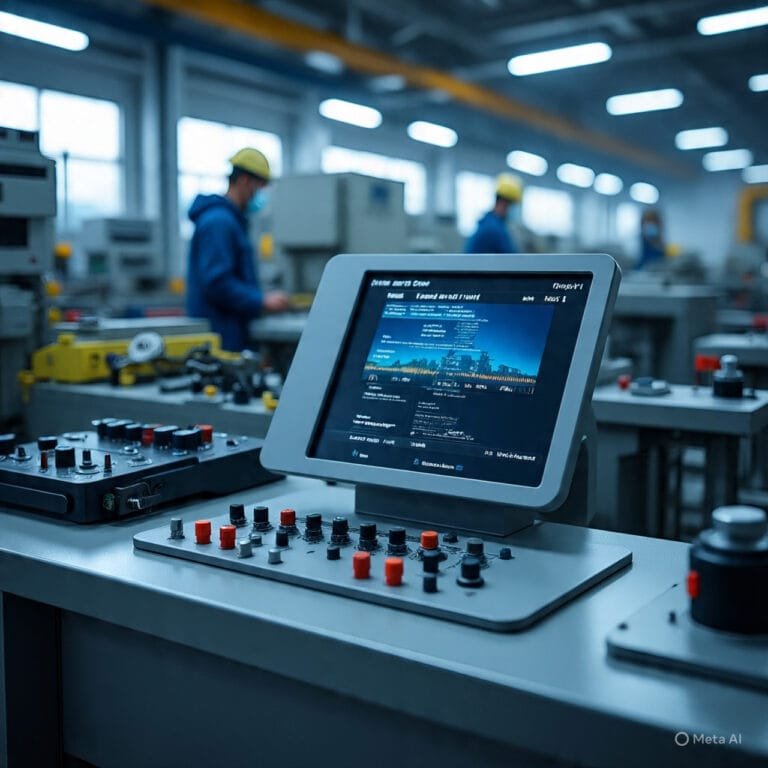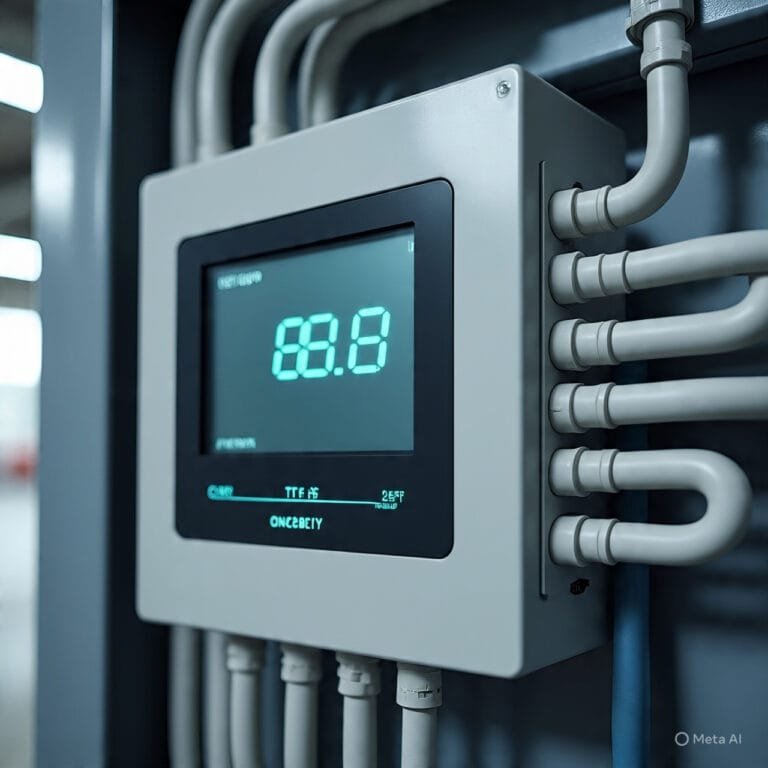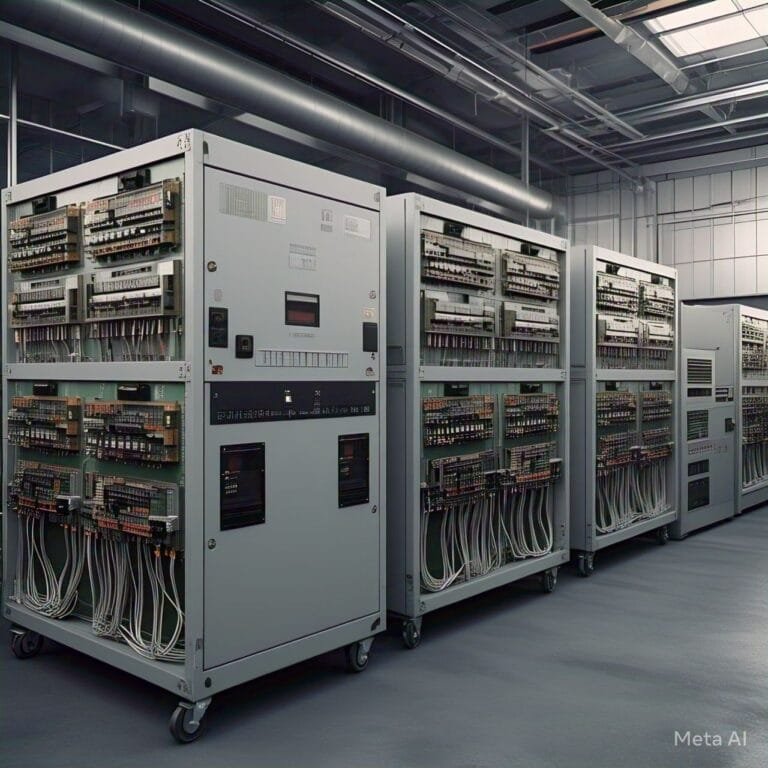The Role of Push Buttons and Programming Cables in Modern Machine Control
In the age of automation and Industry 4.0, the need for reliable, efficient, and safe machine control systems is more important than ever. Two essential components that play a vital role in modern machine control are push buttons and programming cables. While these devices may seem small and straightforward, they are integral to enabling complex operations in industrial settings.
In this article, we will explore how components like XB4BA51 push buttons and XBTZG935 programming cables contribute to seamless machine control, from user interface to programmable logic controller (PLC) configuration.
Understanding Machine Control in Modern Industry
Modern machine control systems are designed to automate and manage the operations of equipment in sectors such as manufacturing, energy, automotive, and more. These systems integrate mechanical, electrical, and software components to achieve efficient and accurate processes.
Two often-overlooked elements in this ecosystem are manual input devices like push buttons and communication interfaces like programming cables. These tools form the backbone of operator-machine interaction and system configuration.
The Importance of Push Buttons in Machine Control
What Are Push Buttons?
Push buttons are simple switches used to control machinery. When pressed, they make or break an electrical connection, initiating a specific action such as starting, stopping, or resetting a machine.
XB4BA51 – A Rugged and Reliable Control Solution
One standout in the world of push buttons is the XB4BA51. This is a robust, high-quality push button designed for industrial environments. It features a durable design, typically made with metal bezel and high IP ratings, making it ideal for harsh working conditions.
Key Features of XB4BA51:
-
Momentary operation for quick signal input.
-
Ergonomic design for ease of use by operators.
-
High mechanical durability, often rated for millions of operations.
-
Modular construction, allowing integration into control panels or operator stations.
Use Cases in Industrial Environments
Push buttons like the XB4BA51 are commonly used in:
-
Conveyor control panels
-
Machine start/stop systems
-
Emergency shutdown interfaces
-
Manual override systems
They ensure that human operators can safely and effectively interact with complex machinery without needing to delve into programming or software interfaces.
The Role of Programming Cables in Industrial Automation
Why Programming Cables Matter
Programming cables are essential tools for configuring, updating, and troubleshooting programmable logic controllers (PLCs), HMIs (Human-Machine Interfaces), and variable frequency drives (VFDs). They serve as the physical connection between a PC or engineering workstation and the industrial device.
XBTZG935 – A Specialized Programming Cable
The XBTZG935 is a commonly used programming cable that facilitates communication between computers and industrial interfaces. It plays a critical role in setting up and maintaining machine control systems.
Key Features of XBTZG935:
-
Compatibility with HMI terminals, especially legacy systems.
-
RS232 communication protocol, often used for reliable serial data transfer.
-
Plug-and-play functionality, ensuring ease of connection with industrial hardware.
-
Rugged connectors and shielding, designed for factory environments.
Practical Applications in Machine Control
Programming cables like the XBTZG935 are essential in the following scenarios:
-
Initial setup and commissioning of HMIs and PLCs.
-
Uploading or downloading programs to/from industrial controllers.
-
Firmware updates to embedded systems.
-
Diagnostics and troubleshooting using engineering software.
Without reliable programming cables, engineers and technicians would face significant challenges in configuring or modifying machine behavior.
Integration of Push Buttons and Programming Cables in Machine Control Systems
From Manual to Digital – A Coordinated System
In a typical control system:
-
The XB4BA51 push button may be used to send a start command.
-
This command is received by a PLC or control unit.
-
The control logic, configured using software through a cable like XBTZG935, processes this input.
-
The machine responds accordingly, initiating motion or process control.
This seamless interaction shows how manual inputs and digital configuration tools work hand-in-hand to achieve efficient machine operation.
Enhancing Operator Safety and System Flexibility
Push buttons serve as the first layer of human-machine interaction, providing tactile feedback and emergency override capabilities. On the other hand, programming cables offer flexibility and control to engineers who design, modify, and maintain control logic without opening control cabinets or physically rewiring circuits.
Together, these components help ensure:
-
Operator safety
-
Quick configuration
-
Real-time control
-
Reduced downtime
Maintenance and Troubleshooting Best Practices
Keeping Your Push Buttons Functional
-
Regularly inspect for wear or damage to the button cap and contacts.
-
Check for debris or moisture around the button, especially in dusty or wet environments.
-
Ensure that the mounting is secure and tight to prevent malfunction.
Ensuring Reliable Communication with Programming Cables
-
Always store cables properly to avoid bending or damage to the internal wires.
-
Label cables clearly if you use multiple versions for different devices.
-
Update software drivers to ensure compatibility when using XBTZG935 with modern systems.
Future of Machine Control: Toward Wireless and Touch Interfaces?
While push buttons and programming cables like XB4BA51 and XBTZG935 are still widely used, trends in industrial automation are leaning toward:
-
Wireless programming tools (Wi-Fi, Bluetooth-enabled PLCs)
-
Touchscreen HMI panels replacing mechanical buttons
-
Cloud-based diagnostics for remote configuration
However, these advancements do not eliminate the need for the traditional components. Push buttons remain essential for tactile feedback and fail-safe control, while programming cables ensure a direct, reliable connection in mission-critical environments.
Conclusion
As automation continues to shape the future of manufacturing and industry, the role of fundamental components like push buttons and programming cables remains undeniable. Devices such as the XB4BA51 push button and XBTZG935 programming cable are not just accessories—they are critical tools for machine control, user interaction, and system maintenance.
Whether setting up a new machine, troubleshooting a malfunction, or ensuring operator safety, these components form the link between human intent and machine action. Investing in high-quality push buttons and reliable programming cables ensures smoother operations, safer workplaces, and more efficient production environments.




